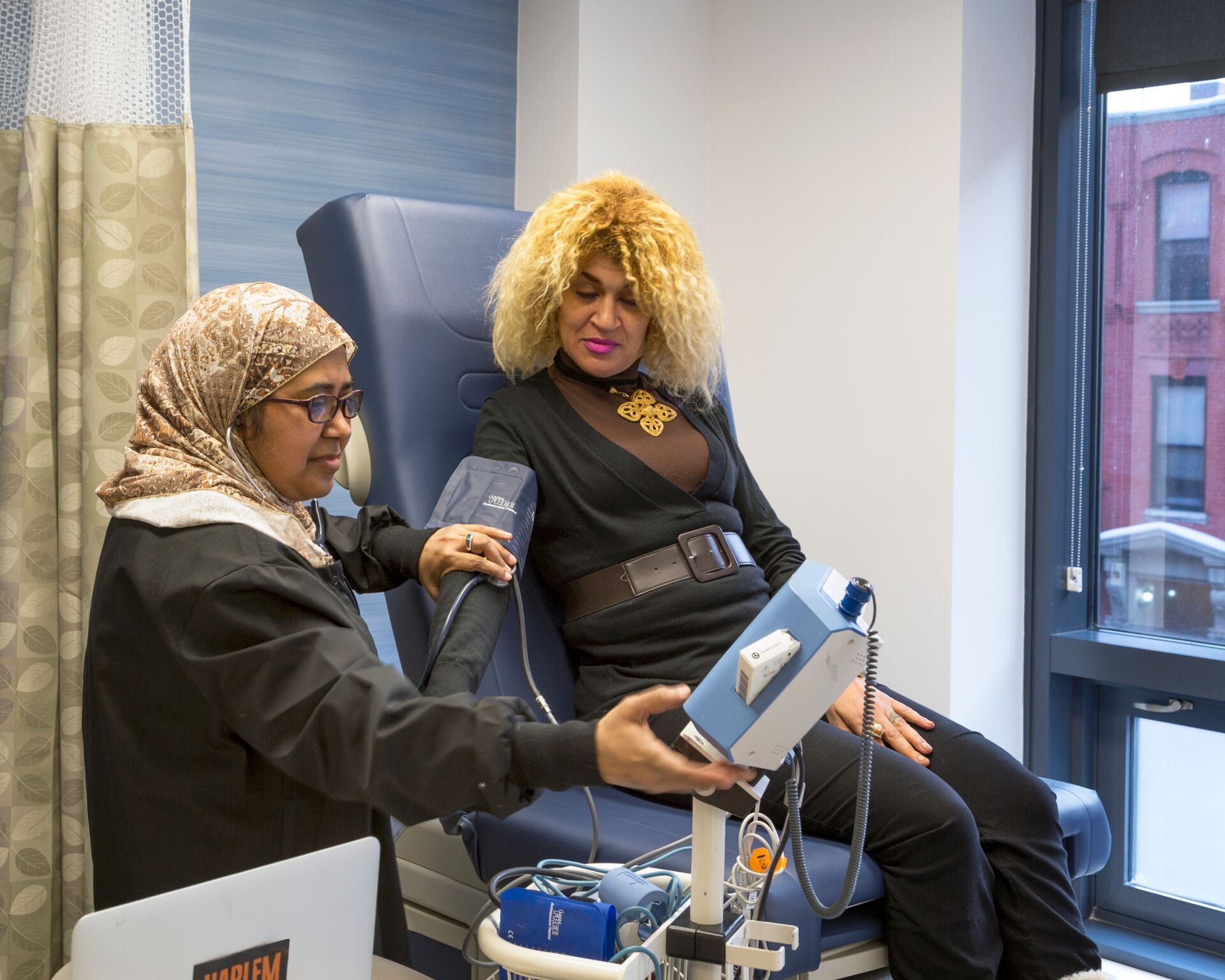New Findings: How Primary Care Access Affects Community Health


PCDC has identified an association between primary care access and health status at the New York City Council District level — the first such analysis of a political unit.

An increase of 1 provider per 10,000 people was associated with a 1 percent decrease in diabetes rates and a 5 percent decrease in rates of adults without an influenza immunization, according to PCDC’s study published in the Journal of Primary Care & Community Health.
The analysis is especially noteworthy for its relevance to local policymakers — and by extension, to policies and resource allocation.
“Our findings highlight the significant contribution of primary care access to population health,” said Mary Ford, Director of Evaluation and Analytics at PCDC. “They also underscore the need for policies and resources that prioritize primary care facility siting and provider recruitment in low-access areas.”
Ford co-authored the study with CEO Louise Cohen and Health Research Analyst Kirsten Weisbeck, along with Bonnie Kerker, Associate Professor at NYU School of Medicine.
Systematically measuring access to primary care has proven a challenge for health researchers. Factors include a lack of common metrics and shared definitions for both primary care and access to care. PCDC’s study uses multiple measures and applies these analyses at a local level.
The findings follow a separate PCDC study from last fall that examined all 51 City Council districts, identifying marked disparities in primary care access.